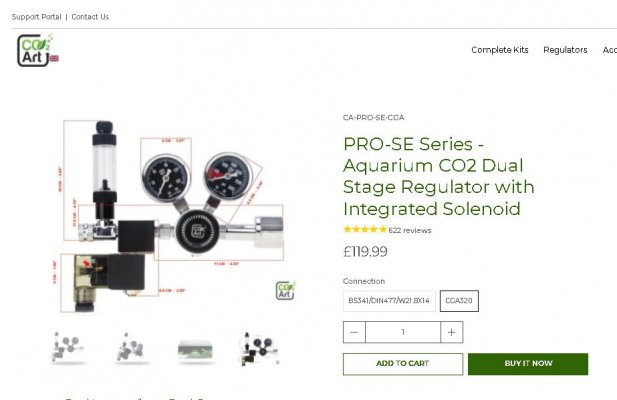I was always fine with a standard valve regulator (not electronic).
The point is that you get one that at a minimum holds a constant pressure before the bubble counter - so that your CO2 delivery won't diminish with the CO2 pressure in your tank. The better ones, allow you to adjust this pressure, the cheaper 99 dollar ones just hold it at a factory set psi (like 6 or 8 psi for example).
Some reactors recommend a certain CO2 pressure, so if you don't know, get one that can be adjusted. My last regulator lasted about 12 years.
The also make electronic bubble controllers, which are nice, but, pricey and a little finicky.
I both agree and disagree with the above. Once you have run your CaRx or some time - you will start to get a feel for how to fine-tune it. In which case you don't need a PH controller.
However for a novice reactor user I would recommend to have a PH controller. It's not that expensive - but it eliminates you having to do ANY follow-on adjustments to your reactor: you set bubble rate approximately right and you basically never touch it again (my reactor has now run for 9 months without me doing ANYTHING about it), the PH controller will turn off regulator solenoid if too much CO2 is there..
Also with respect to peristaltic pumps - here's I think money is well spent. Your flow rate will be absolutely controlled and the little maintenance is replacing the santoprene tubing every 6 months. Don't buy dosing pumps - they are not designed for continous use. You need peristalitic pump. The major difference between a good dosing pump and peristaltic pump is in the dosing head design: peristaltic pump has a much more robust dosing head, which means it lasts longer and is quieter than a dosing pump.





















